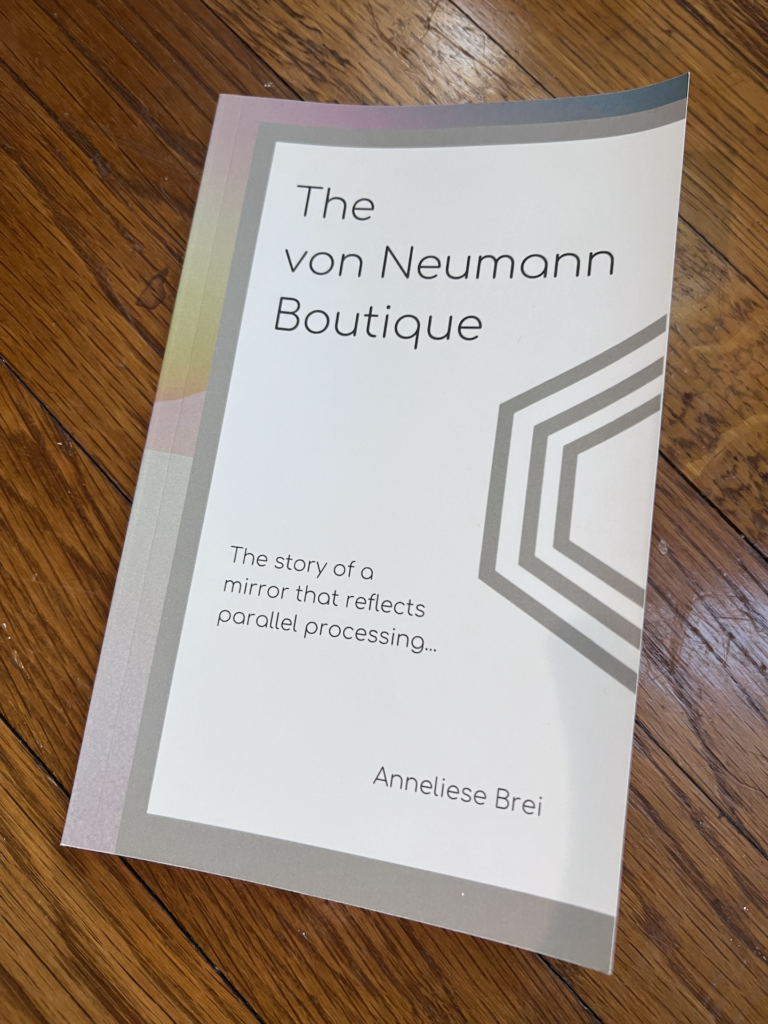Good Morning Innovative Lit!
Innovative Literature. What does this mean? Something new, something that pushes the boundaries of what we consider literature? Yes.
We used to say avant-garde when referring to trailblazing artists. It was a glamorous term, evoking twentieth-century images of highly intelligent, misunderstood yet beautiful people alone in their convictions, together in their desire to overthrow everything traditional, all of society if possible. Yes, they created rule-breaking, establishment-crushing works that shook the pillars of their world. Think Picasso, Andy Warhol, Bela Bartok! Their visions and creations shattered customary notions of beauty. They stridently lit fires to destroy before creating. They shocked; they provoked; they remained unapologetic for their messes.
Yet today, their works hang placidly in museums, gazed upon affectionately or even worse, as comfortably classic, like Grandpa’s pipe. Occasionally they may make a splash when the price tags they command go public.
The same can be said for literature. The works of avant-garde authors such as Gertrude Stein, Vladimir Nabokov, and Virginia Woolf which once punched holes into the walls of convention are today acknowledged as great classics. They reside in the dusty confines of our literary canon, drifting in endless circles over the twentieth century.
We must live where we are. Today we seek innovative rather than avant-garde. With innovation, we get exuberant energy and intelligence and much of what the old term avant-garde suggests, but we don’t ascribe to a zero-sum outlook.
Innovative literature attempts to lift up our awareness by bringing something delightfully crisp to the table without causing hurt. We don’t need to tear down social structures. We build bridges. There’s much good that can be done by working together. We get new ideas, new concepts of character and place. We get whiffs of whimsy infused in perspectives that don’t take themselves too seriously yet offer a new sense of what it means to be human.
And what does innovative literature look like? Many, especially academics, might point you in the direction of online platforms where you can read electronic literature using links and special effects that guide you through interactive experiences. It is fascinating. But this is not what is meant by innovative literature.
First, ground rules. Innovative literature must be available in a physical form that can be put in a bookshelf. It must endure in ways that electronic literature can never endure. Therefore it must be producible in hard copy form, i.e. paperback or hardcover book.
Second, it must bring something novel to the literary shelves. Virginia Woolf’s contribution to literature was an entirely new narrative perspective. The poet ee cummings gave us unique uses of punctuation in poetry, hence his name is often uncapitalized and without punctuation. Mary Shelley introduced science fiction with Frankenstein. And so on. Innovative literature may offer a new genre, a new perspective, a new way of telling a story. What might this look like today?
Consider The von Neumann Boutique, an innovative novel written in 2020 by Anneliese Brei when she was an undergraduate. It has a futuristic setting when robots are individual automatons, fully integrated in society. They interact with one another and with their human customers. The plot, based loosely on an event in the life of Ada Lovelace, revolves around the personalities of the robots, their fears, hopes, limitations, and dreams. The robots access great stores of data and make autonomous decisions to function in a human-centric society.
The originality of this novel begins with the narrative form. The narrator is “Logcat” who breaks into the story via a log record when major processing events with one or more of the robots occur. Thus, the reader is witness to both the drama amongst the robots and the parallel processing going on behind the scenes. To add to the dimensionality of the story, hand-drawn illustrations of the characters and the processing framework are interwoven throughout the novel. Altogether, these elements are a new and imaginative way to tell a story.
Readers, writers — this is a glimpse of innovative literature!

In The von Neumann Boutique, the main characters are robots such as Robert, pictured above, left. The narrator is Logcat who breaks into the story as messages with processing status updates, right.
“I can’t do it,” ADA said to Turner… “I can’t follow their requests with logic. Today I tried using one of my buggy circuits. It seemed to give me more creative answers. But then everything cross-wired again. Human customers! I’m going insane!”
